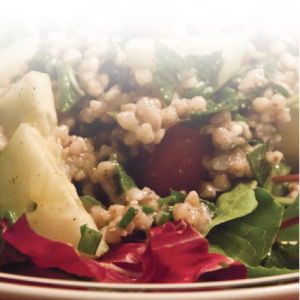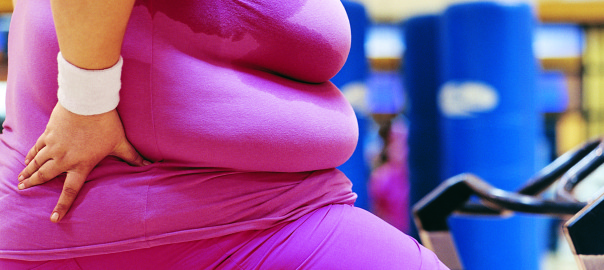The effect acid has on the human body is profound and will ultimately lead to both short term and long term health problems, therefore acid overload should be avoided at all times.
This week we focus on the role acid plays in weight gain.
Let’s first look at some basic background information.
Moderate to high levels of acid in the body can lead to the following health concerns:
- Weight gain
- Disease
- Weight loss
Today our focus will be centered on weight gain, as this is our primary concern. We will investigate the effects of acid (pH) on disease and weight loss in future articles.
Weight Gain
Acids are eliminated by the body in one of three ways, either through the bowel, urinary track or skin. Putting it bluntly we either poo it out, wee it out or sweat it out. It is impossible for the body to excrete 100% of the acid that may be present particularly if we continue to consume a diet high in acidic foods and/or indulge in an acidic lifestyle.
The initial response by the body when in an acidic state is to decrease the potency of the acid. The body buffers or neutralizes the acid to the best of its ability by producing salt. The salt used to combat this gets drawn from cells of tissues, bones and essential bodily organs. The loss of salt from the cells of tissues, bones and organs then leaves them open to disease.
The breakdown of these cells acts as a marinade would when tenderising meat. During cell breakdown the body goes into self-preservation mode and stores the acid inside fat cells (as explained in our previous article). The body is continually preparing itself for another ‘hit’ of toxic acid. Further ‘hits’ of acid require further storage sites which ultimately leads to an accumulation of fat cells.
The only place the human body can store acid is inside a fat cell. The body acquires and retains fat cells to store this abundance of acid.
There is also a substantial difference in both the size, weight and density of a fat cell when acid is present to when it is not.
When acid is present, our fat cells swell in size, density and weight due to the requirement for them to carry the acid within our body system. This leads to overall weight gain, seen in problem areas such as the thighs, bottom and stomach, or an inability to lose weight.
When acid has been removed from our body system, our fat cells reduce their overall size, density and weight and simply lay there dormant. This is our ultimate goal as it leads to improved health and rapid weight loss.
Putting it simply, the more acidic we are, the more fat cells we require for acid storage. This leads to poor health and weight gain and makes it virtually impossible to lose significant amounts of weight. This also illustrates why other weight loss programs may not have worked for you in the past.
If fat cells were not available for storage, the toxicity of the acid would burn through our vital organs and arteries and would eventually lead to most certain death.
In the short term your fat cells are doing you a favour. They are in self-preservation mode by protecting organs and arteries from acid exposure.
In the long term however, the abundance of fat cells accumulated and retained by the body leads to poor health and major health related issues such as heart disease and cancer.
So how do we know if you are acidic or not?
A pH urine test strip is the most commonly used evaluation option however we can make some general assumptions as to your current pH and associated acid levels within the body. (If you would like a pH test strip sent out to you please click here)
Generally speaking if you consume or experience four or more of the following you will be acidic.
- Simple carbohydrates i.e. bread, pasta & cereal
- Sugar
- Caffeine (including tea)
- Alcohol or recreational drugs
- Tobacco
- Soft Drink
- Dairy products
- Meat products
- Processed or fast food
- Yeast
- Fungus
- White foods
- Stressed
- Exposed to heavy pollution
- Little or no exercise
- Consume little or no water
You must remove these problematic foods and lifestyle habits immediately if you wish to avoid an accumulation of fat cells.
If you take nothing else from this article remember the following point:
Excess weight has nothing to do with fat! It is caused by a build up of acid.
Remove the acid, improve your health and watch the kilos disappear. Simple right?
Living Lean is the worlds fastest way to remove acid and alkaline the body so it is no wonder the Living Lean program has taken the country by storm and is achieving fast and effective results in time-frames never previously seen.





